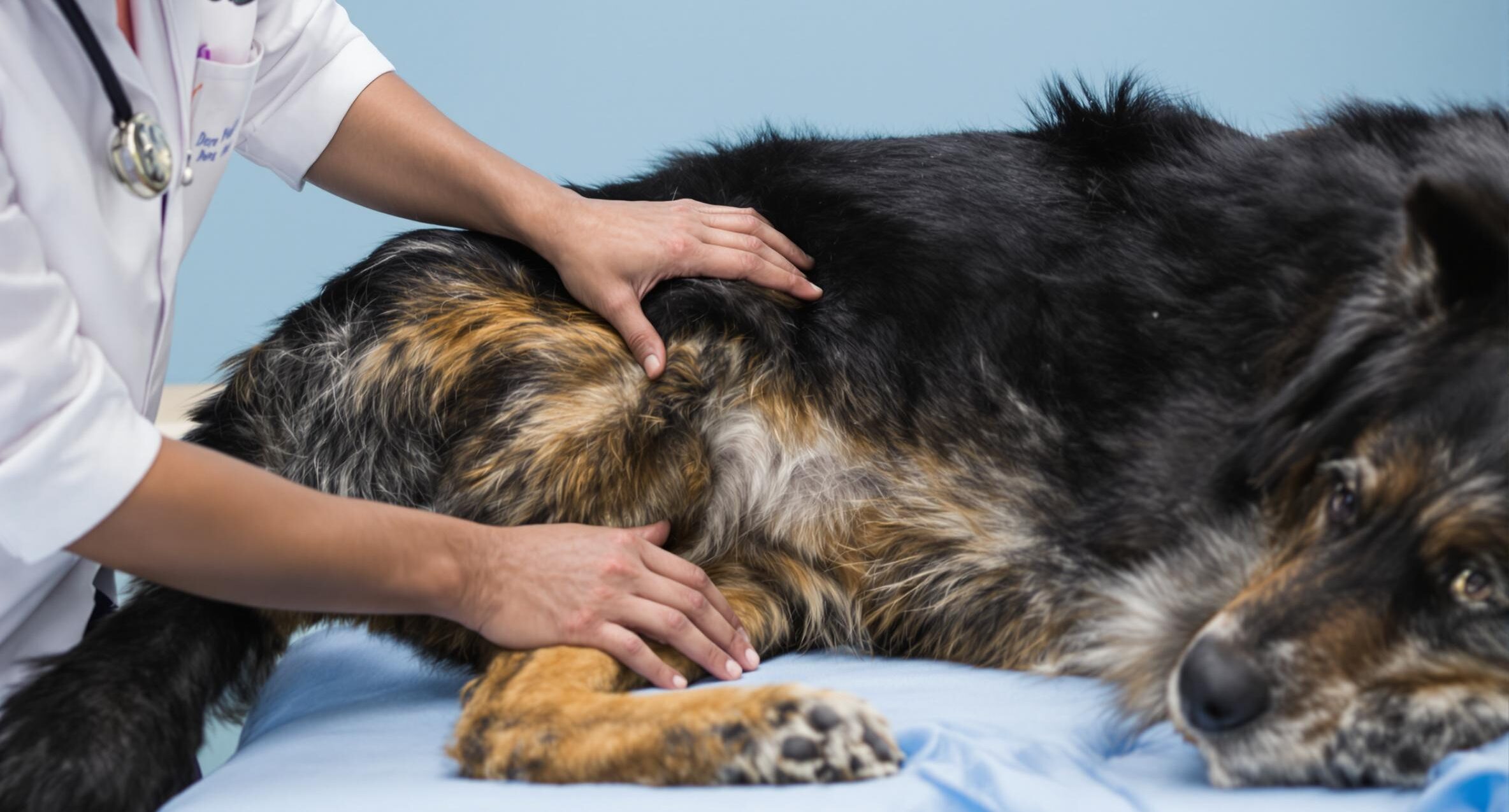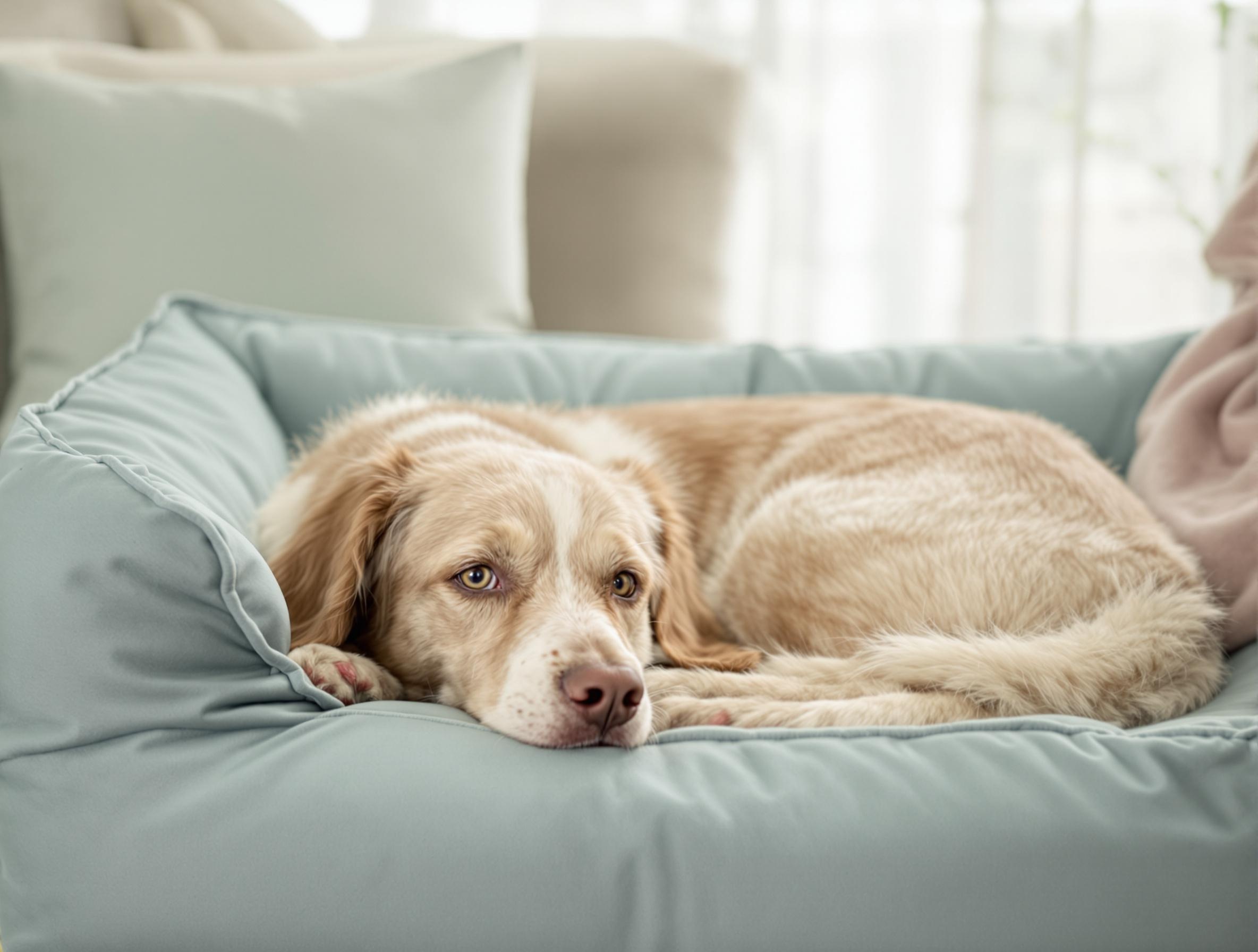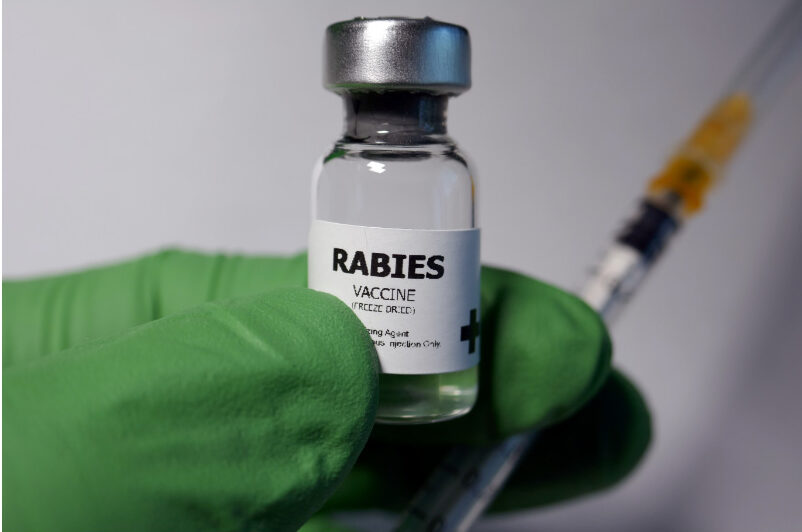
Key Takeaways
- Getting everything lined up before the flight makes a big difference. Schedule a vet visit ahead of time and gather any health documents you will need.
- Choosing the right airline and a good travel kennel can help your dog stay safe and comfortable in the air. It is worth taking the time to look into each airline’s pet policies in advance.
- After you land, a little extra care can help your dog settle in. Stick to familiar routines and surround them with the comforts of home to make the transition smoother.
Flying with a dog takes more than booking a ticket and arriving at the airport. From navigating airline pet policies to prepping your dog for crate time, there is much to consider before takeoff. But with the right preparation, air travel can be a safe and manageable experience for you and your dog.
This guide walks through each stage of the trip from choosing a flight to settling back in after landing, so you can make informed decisions along the way. For more support on everyday pet care, PetHealthMD offers tips, how tos, and general guidance to help you feel more confident as a pet parent.
Choosing the Right Airline
Not all airlines handle pet travel the same way. Some allow dogs in the cabin, others only permit pets in the cargo hold, and the rules around things like weight limits, crate sizes, and breed restrictions vary quite a bit.
Researching upfront can save you from last-minute surprises at the airport. Before you book, dig into the details so you know exactly what to expect.
Compare Pet Policies
Look beyond labels like “pet friendly.” Focus on:
- Maximum carrier size for in-cabin travel
- Weight limits (typically around 20 pounds)
- Breed restrictions, especially for short-nosed dogs
- Seasonal weather rules for cargo travel
Cabin vs Cargo Travel
If your dog qualifies for cabin travel, confirm where the carrier will go and whether it counts toward your carry-on allowance. If your dog needs to fly in cargo, it is a good idea to check the Department of Transportation’s incident reports for airline-specific pet safety records.
Understand Fees
Expect to pay an extra fee, usually between $75 and $200 each way. These charges are not always shown during booking, so be sure to confirm them with the airline.
Booking Tips
Direct flights are best. They reduce handling and make the experience less stressful for your dog. Choose early morning or evening flights to avoid peak heat or cold, especially for cargo travel. Airlines also limit the number of pets per flight, so booking early is important.
Contact the Airline
Call the airline at least two weeks before your flight. They can clarify paperwork requirements, crate specs, and available space.
Getting Your Dog Ready for Travel
Air travel introduces many new sights, sounds, and routines. Helping your dog adjust gradually can make a big difference. Ideally, prepare 4 to 6 weeks before your trip so your dog can get comfortable with the process.
This phase is about health, comfort, and helping your dog feel confident when it is time to travel.
Health and Documentation
Schedule a vet visit to confirm your dog is healthy enough to fly. Most airlines require a health certificate for domestic travel dated within 10 days of your flight. While there, ask your vet about feeding guidelines and ways to reduce stress during travel.
Other small tasks to plan:
- Trim your dog’s nails about a week before departure
- Brush out loose fur before crating
- Reconfirm vaccination records if needed
Comfort and Conditioning
Your dog’s kennel, crate, or carrier should feel like a safe, familiar space. Help it get comfortable with it in advance by:
- Leaving the carrier open in a quiet area at home
- Adding their blanket, bedding, or a favorite toy
- Rewarding calm time spent inside the crate
If you are still deciding on a travel crate, the right carrier can make a big difference in their comfort and safety.
If your dog is not used to noisy environments, try playing airport or airplane sounds during play or mealtime. Keep sessions brief and upbeat.
You can also practice basic commands like “stay” and “quiet” in new settings to build confidence.

Ensuring Comfort During the Flight
Even with solid prep, flying can still feel unfamiliar to your dog. The goal now is to keep things as calm and comfortable as possible.
Keeping Your Dog Comfortable in the Air
To avoid motion sickness or discomfort:
- Feed your dog about 4 to 6 hours before takeoff
- Offer a small amount of water or ice cubes during the flight
- Use a no-spill container or bottle that attaches to the crate
Short-nosed breeds are more sensitive to changes in air pressure and temperature, so pay extra attention to carrier ventilation.
Choose a crate that is airline-approved, has plenty of airflow, and gives your dog enough room to stand, turn, and lie down.
Avoid flying during hot or cold weather, especially if your dog is in the cargo area.
What to Pack
- A basic travel kit can make a big difference. Include:
- Pre-measured food in sealed bags
- Collapsible bowls
- Medications in original packaging
- Absorbent pads and pet-safe wipes
- A leash, collar, and up-to-date ID tags
- A copy of your dog’s medical records
If your dog takes medication regularly, safely traveling with pet prescriptions means keeping them in their original containers and packing extra doses.
Supporting Your Dog After the Flight
Even a smooth flight can leave your dog a little out of sorts. New surroundings, changes in routine, and time in a carrier can all contribute to stress or fatigue.
Create a Familiar Space
Set up a quiet area where your dog can rest. Use its regular bed, toys, or anything that smells like home.
Monitor Behavior
Most dogs settle in within 24 to 48 hours. Keep an eye out for signs of stress such as panting, pacing, or restlessness. Talk with your vet if symptoms continue.
Signs of separation anxiety may appear after travel, especially if your dog has been away from home. Products that support anxiety relief can be found in the Calming and Anxiety Support category on 1800PetMeds.
Re-establish Routines
Stick to your usual feeding, walking, and bedtime schedule. Dogs feel more secure when their routine stays predictable.
A Well-Prepared Trip Makes All the Difference
Air travel can be challenging for dogs. But when you plan and focus on your dog’s comfort, you will likely have a smooth, stress-free journey together.
Every dog responds differently to travel, and there is no one-size-fits-all approach. What matters most is preparing thoughtfully, staying flexible, and creating consistency wherever you can.
If you are looking for more everyday advice on caring for your dog, PetHealthMD offers general pet care tips to support you. For more travel tools and supplies, explore our Dog products.





